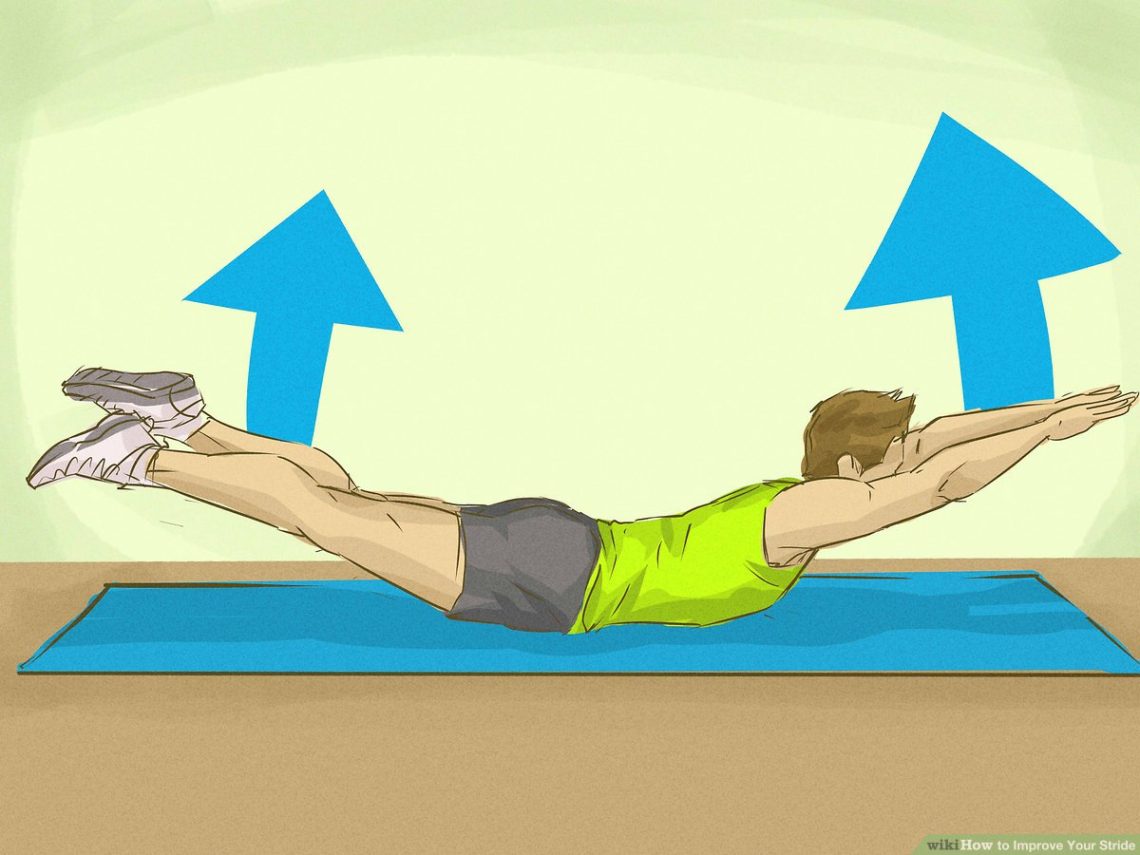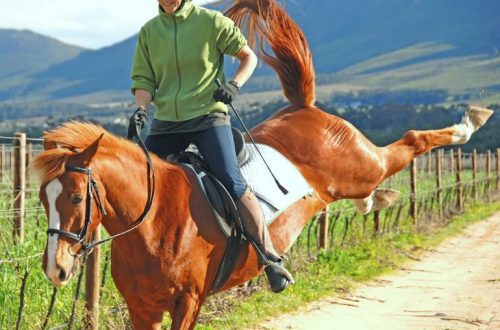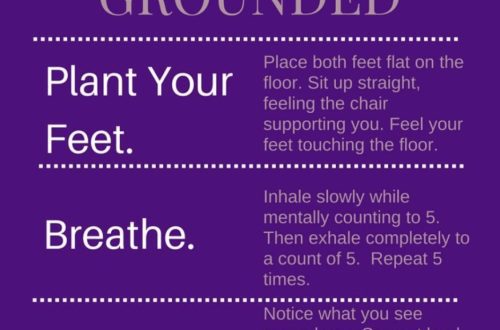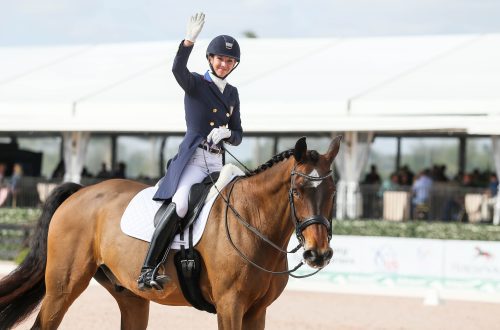
Optimize your stride during your warm-up!
Optimize your stride during your warm-up!
The walk is an integral and important part of the horse’s warm-up, but when time starts running out, it is the walk that many riders decide to neglect. For many of us, walking a lap or two is all we have the time and patience to do. But why step so important?
Research has shown that 20-minute walking is essential in the context of injury prevention.
The walk is the only gait that creates movement throughout the horse’s skeletal system without causing stiffening of the spine to maintain balance of stability. Walking causes gentle mobility through the vertebrae from head to tail, warms the occipital and cervical ligaments from head to hips. By walking, we lubricate the horse’s joints and allow our horses to move in an active range of motion, which helps keep their joints healthy.
Improve your stepping workout!
How so?
1. Use Cavaletti. Walking on the poles and cavaletti increases the range of motion of the horse’s limb joints and engages the horse’s abdominal muscles. The cavaletti step actively engages the horse’s pecs and abdominal muscles, opening up the space between the vertebrae to reduce ‘kissing’ vertebrae injury and relieve stiffness associated with arthritis.
2. Watch the position of the head. Try to have your horse stride with his head and neck forward and down to lengthen the topline muscles and encourage the horse to stretch at the neck and poll. If the horse is tense at the back of the head and neck, then by asking, moving him in this way, you will help him loosen up and relax.
3. Don’t forget momentum. Moving with momentum engages the horse’s hind legs. She puts them deeper under the body. It also increases the mobility of the pelvis in preparation for a gallop, jumps, performing complex dressage elements, etc. Stepping with momentum activates the muscle iliopsoas (Iliopsoas), which is the main force that allows you to connect the butt and make the push more powerful.
4. Work on lateral flexibility. Lateral flexibility is best achieved at the walk due to the orientation of the thoracic vertebrae, which are at the trot. become fixed and rigid. Performing serpentines, circles and spiral patterns in the walk will allow the horse to be as flexible as possible through the spine from head to tail.
Warming up on the walk is the optimal time to correct stiffness on one side. If your horse is tight on one side, as shown by excessive flexion from poll to hip, make sure you work that side to better stretch the horse’s muscles.
5. Use a corridor for alignment and straightness. If your horse doesn’t follow his legs and sticks out his shoulder, you can set up a narrow corridor by placing poles on the ground. Use your seat and leg to encourage straight line movement on a narrow “path”.
Dr. Robin (source);translation Valeria Smirnova.





